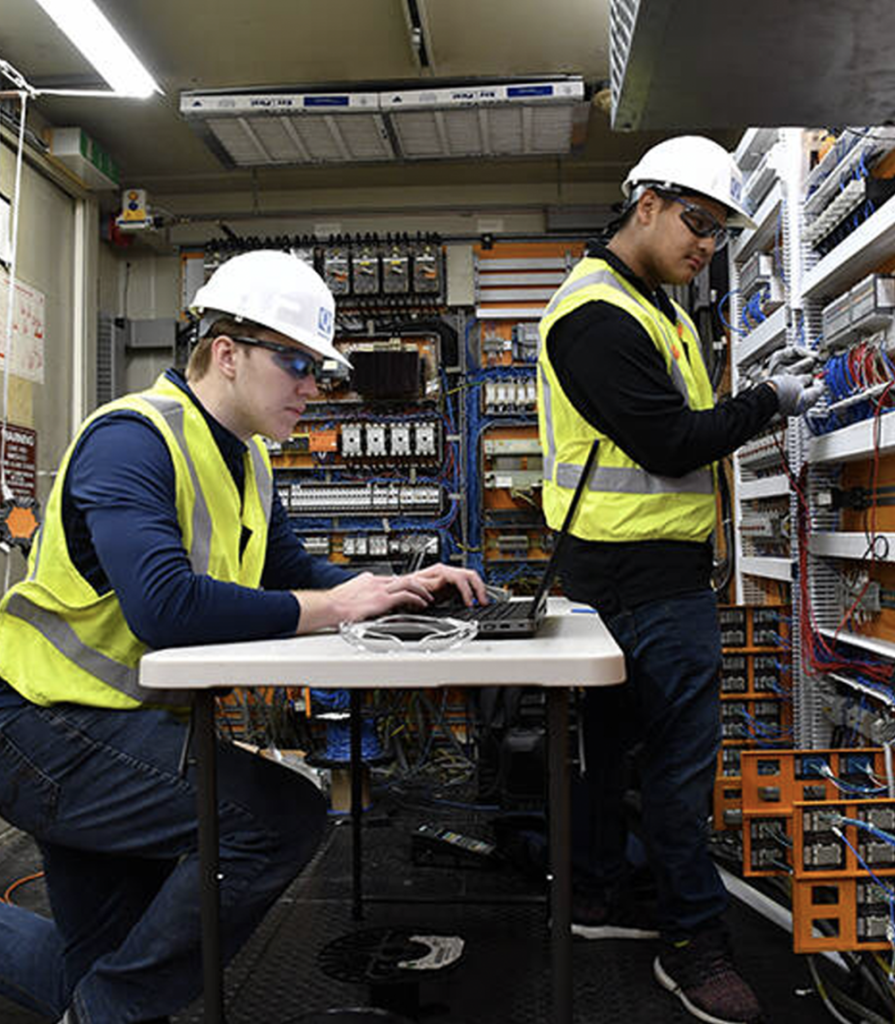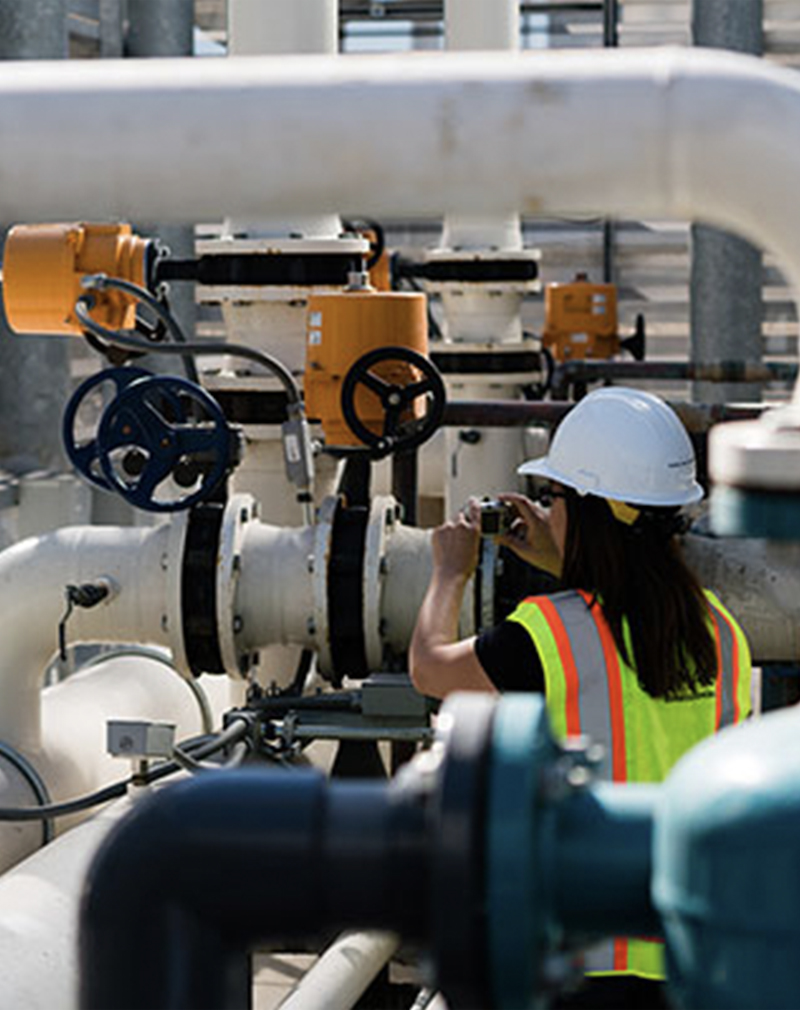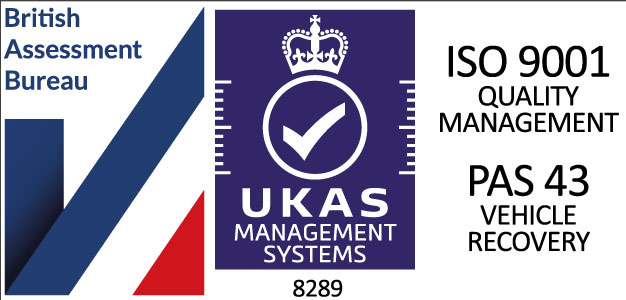Commissiong is a vital phase in the lifecycle of any complex system, facility, or project, ensuring that it operates effectively and efficiently according to its intended design and functional requirements.

Manchett has a primary goal for commissioning to ensure a building and its systems meet the owner’s project requirements. This includes, but is not limited to, the following commissioning goals: To deliver a building or facility that performs according to its design intent and meets the owner’s project requirements.
The five levels of technical commissioning include:
- Level I — Design Phase. Develop detailed and comprehensive commissioning specifications and design critique as it pertains to commissioning.
- Level II — Construction Phase
- Level III — Acceptance-Testing Phase
- Level IV — Integrated System Testing
- Level V — Warranty Phase


During commissioning, a team of experts and technicians meticulously assesses and fine-tunes various aspects of the system, including mechanical, electrical, and software components. This process is not limited to just technical functionalities; it also involves assessing safety protocols, operational procedures, and environmental considerations. By systematically identifying and addressing any discrepancies or inefficiencies, commissioning aims to deliver a fully operational and optimized system that meets regulatory standards and client expectations.
Commissioning also extends to larger-scale projects like construction and infrastructure development. In these cases, the process involves not only testing individual components but also evaluating the holistic performance of the entire project. This meticulous attention to detail during the commissioning phase is crucial in preventing potential issues, reducing the risk of unexpected failures, and ensuring that the final product align with the original project objectives and specifications.





